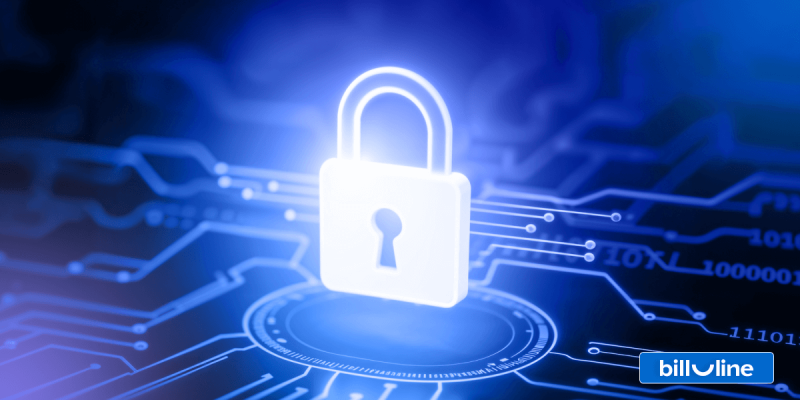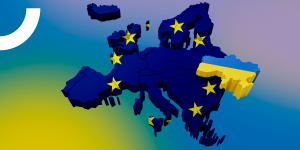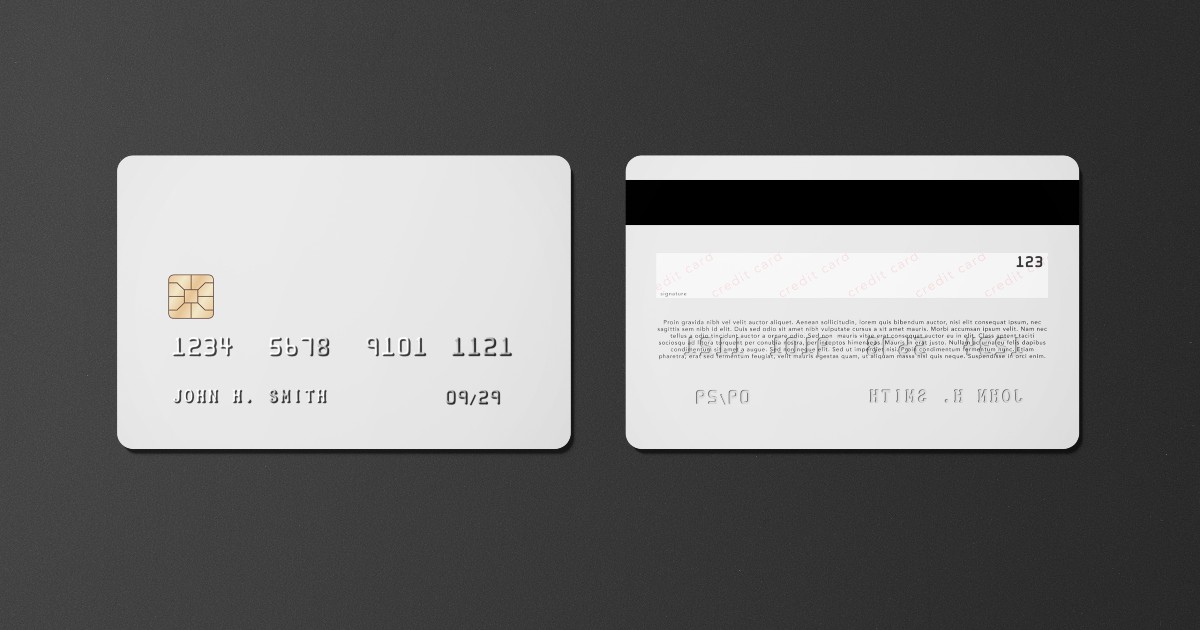
How we do user screening and is it easy to detect fraud in 2025
The column was originally published by dev.ua on March 27, 2025.
My name is Vlad Chukhrai, and before becoming a project manager at bill_line fintech company, I held a position in business support. Payment service providers’ support doesn’t solve problems with payments of specific customers – this is done by the merchant we work with. Our support team handles a more strategic level: how to solve a specific merchant problem in the context of the full transaction processing cycle and how to avoid illegal actions with people’s money. Today I would like to talk about my own experience based on cases and rules that bill_line has.
Fraud Rate and other work features
I don’t think I’ll reveal a secret, but payment processing is not just about receiving payment and transferring money to the final point. This is a complex process, and compliance is an important part of it. Compliance with regulations, standards and rules of financial monitoring, which support must take into account. Any fintech product – no matter how technological and well-designed it is – simply won’t be able to work in the legal field without them.
That is why there are a number of risk metrics in our work. Each of them has rules and regulations. Financiers and those responsible for AML work on the implementation and enforcement of these rules, and support is the first line of their compliance in specific problem cases.
One of the key risk metrics is Fraud Rate. Thanks to it, you can assess the quality of payment traffic and the degree of compliance with PSP rules, mandatory for monitoring and execution by banks and international payment systems (Visa, Mastercard). This metric – like, for example, the chargeback indicator – is one of the key indicators for understanding the professionalism of a fintech company.
How does support work with anti-fraud screening?
There are many definitions for the concept of fraud, but for business support it’s uncommon behavior patterns. This can be the frequency of payments, the amount, suspicious (and obviously dangerous) countries of origin, small issuing banks. All this must be identified in time and reacted correctly.
To do this, we use our anti-fraud system with a set of parameters for correct transmission. It allows us to build a pool of adaptive filters to minimize financial losses and risks associated with fraudulent activities.
Within the framework of bill_line, our system was divided into three priorities, each of which allows us to understand the information necessary for decision-making.
Highest priority
Plays the most important part in protecting against fraudulent activity. It includes the following parameters:
- User ID, unique within the project. It allows us to monitor the activity of one user when using multiple payment methods;
- Wallet or user account number;
- Phone number.
Medium priority
- User email. Thanks to it, the mail domain is checked in the most frequent fraud-using list of domain names, and for checking the email against whitelist/blacklist databases and setting email restrictions;
- IP address. It’s necessary to determine the geolocation of the device, as well as setting checks and restrictions by the user’s IP address;
- First and last name of the cardholder (yes, the one and only cardholder name). Here the cardholder is checked for a match against sanction lists, as well as against whitelist/blacklist databases. In addition, this parameter allows you to track transactions by third parties, which is often used in fraud operations.
Low priority
Secondary metrics are collected here, which, however, can also be useful for obvious reasons: the more data the anti-fraud system has to make a decision, the greater the likelihood of preventing losses associated with fraud.
- Reconciliation of the user’s geolocation country (the current one was previously determined), his address specified for delivery, and the card issuer country.
- Date of birth;
- Country of user’s address;
- City;
So is it easy to detect fraud in 2025?
Like any other year – difficult in its own way, because it’s a continuous process of the emergence of new fraudulent schemes and an adequate response to them by the entire team involved. Neural networks have partially complicated the process, but their impact is overestimated. Much more damage is caused by properly thought-out and organized actions of experienced fraudsters. That’s why such work, despite its high responsibility, is extremely interesting.


